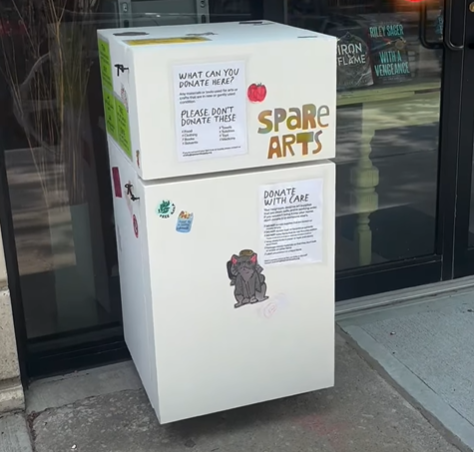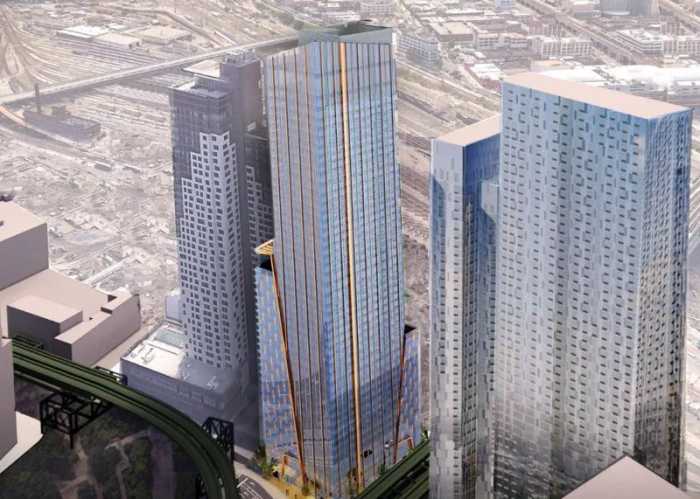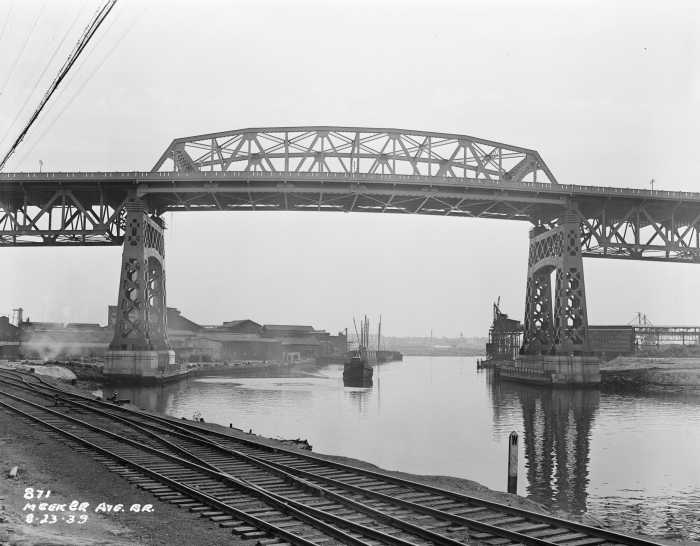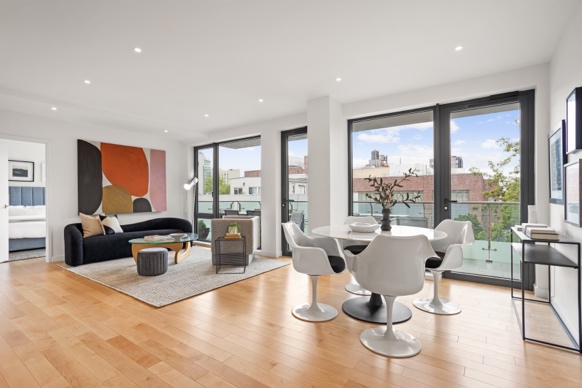By The Greater Astoria Historical Society
The 1923 New Year’s celebrations promised to be a “hip-hip hooray” affair. In the past month, police estimated $10 million in contraband liquor had been smuggled into New York from ships and through Canada. More than 200,000 reservations were booked at celebrations in hotels with an additional 100,000 expected at smaller clubs. To monitor the city that evening, only 20 prohibition agents were available.
l
In a Dec. 20 speech, engineer Gustav Lindenthal, builder of both the Hell Gate and Queensboro bridges, suggested converting elevated train structures that covered many of the avenues in the city to highways. Under his proposal, two vehicular viaducts over 56th and 58th streets would converge at 60th Street and Second Avenue, feeding traffic to Queens over the Queensboro Bridge.
For a small toll, a limited access overhead road from New Jersey to Long Island City could be possible. The expressway, which he called “noiseless, clean,” could accommodate 100,000 vehicles a day.
Lindenthal, president of the Hudson River Bridge Co., was seeking public support to build perhaps the largest bridge ever attempted: the Hudson River Bridge. The size of the undertaking simply dwarfed the financial resources of the time.
It was never built. A decade before, then-Mayor William Gaynor created a stir when he sarcastically called an elevated line, proposed for sparsely populated Elmhurst, Jackson Heights and Corona, as the “cornfield line.”
In 1923, newspapers in Queens crowed that he would be surprised at the “crop” of single- and two-family homes as well as apartment buildings that had all but covered those communities in the intervening decade. Jackson Heights, formerly called Leverich Farms, saw hundreds of houses built. They were occupied as quickly as they were completed.
l
On Dec. 7, the Jamaica Local Board, an early form of a community board, adopted a resolution suggesting that the city Board of Estimate acquire land for a proposed Alley Park. Several hundred acres in Bayside, Douglaston and Creedmoor were already owned by the Long Island Rail Road or the city.
Several hundred residents of Queens presented to the Board of Estimate a petition signed by 10,000 people urging the construction of a subway along Queens Boulevard between Long Island City and Jamaica. The communities of Woodside, Winfield, Elmhurst, Nassau Heights, Richmond Hill and Maspeth were represented by 16 organizations.
l
On Dec. 14, the head of the Brooklyn Ash Removal Company, Charles Murphy, responded with stony silence when the district attorney’s office questioned him on the company’s failure to address the community’s concerns that the “smoky, smelly, fly-infested” Flushing Meadow dump was a public nuisance.
Among other things, ash cinders and coal, sawdust, broken crockery, street sweepings, oyster and clam shells, sewer catch basins, old shoes, mattresses, bottles, paper, carpets, straw, pruned shrubs, horse manure and stable refuse were legally dumped there.
l
On Dec. 15, the public has its first chance to see renderings for the new Queens Boulevard. Clifford Moore, consulting engineer for Queens, likened the highway to the great avenues of the world: Avenue des Champs-Élyées of Paris, the Grand Concourse in the Bronx or Eastern Parkway in Brooklyn.
Four rows of shade trees, a total of 10,420 saplings, along with special lanes for trolleys, a center limited access road and two outer service roads would make the highway a state-of-the-art transportation corridor.
For more information, call 718-278-0700 or visit astorialic.org.





































